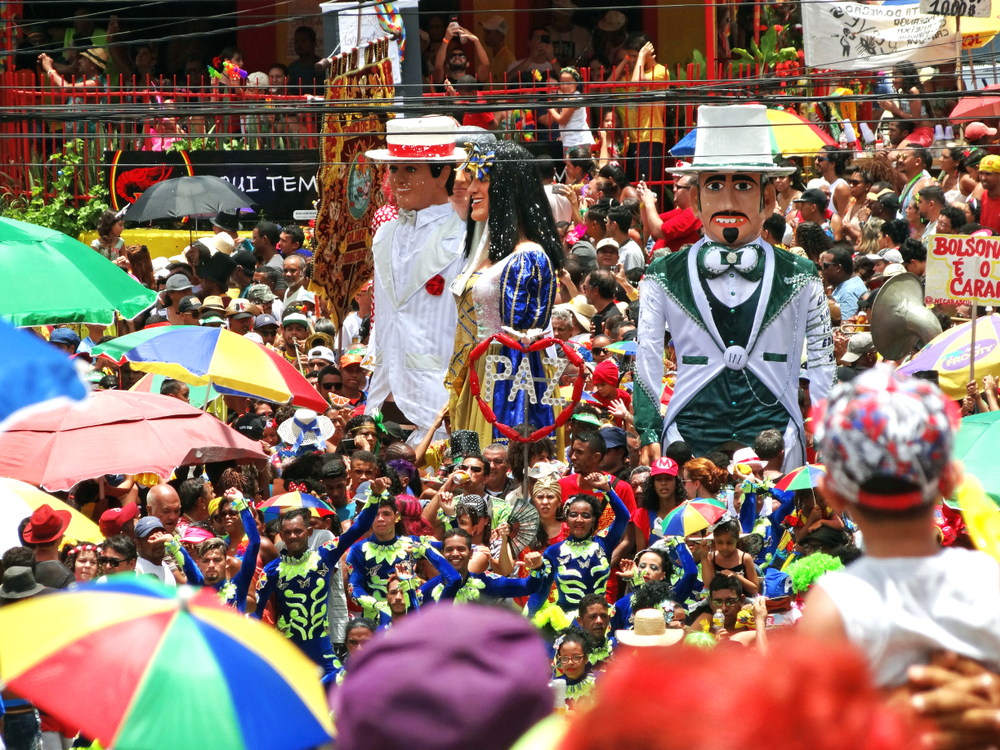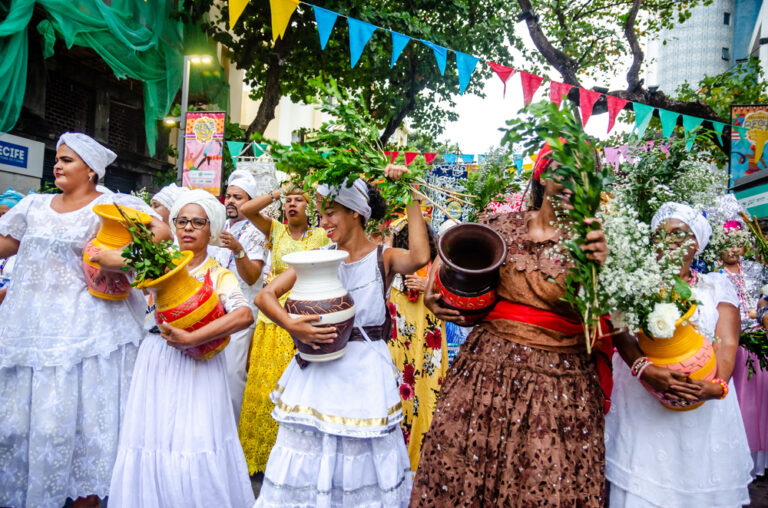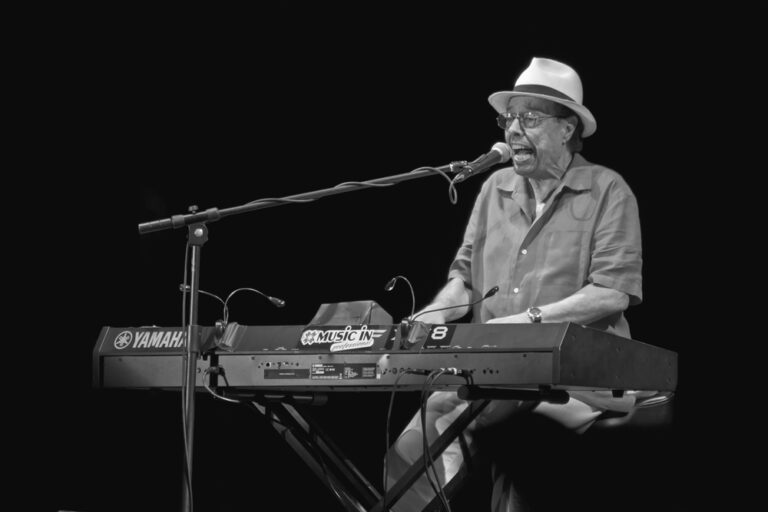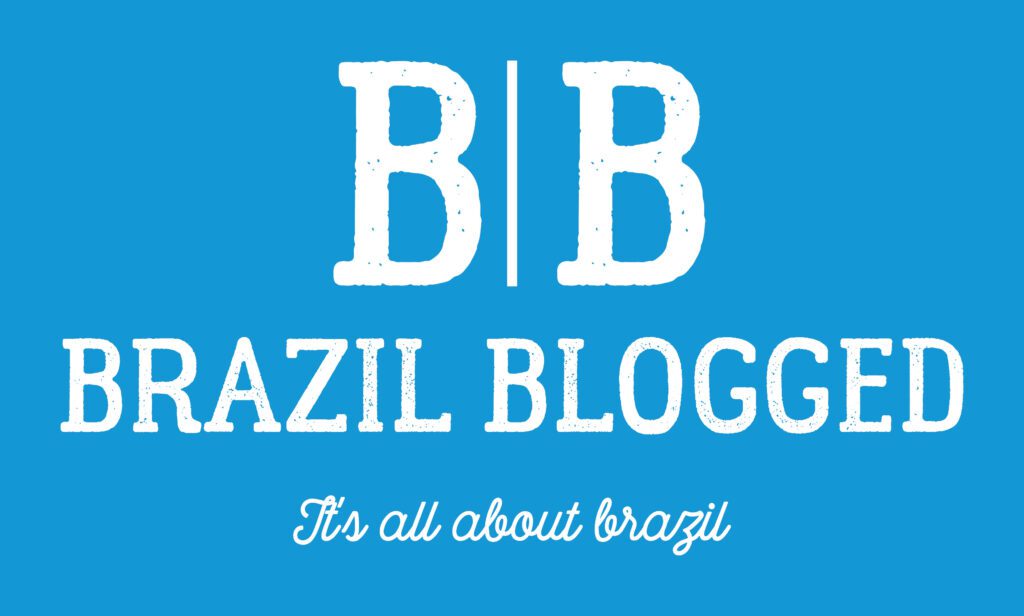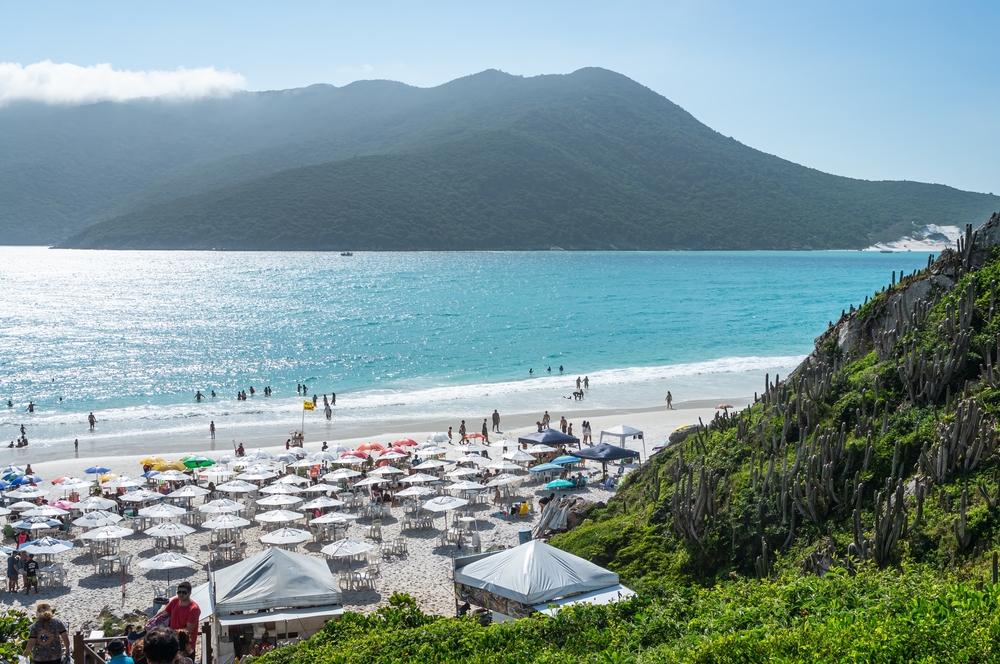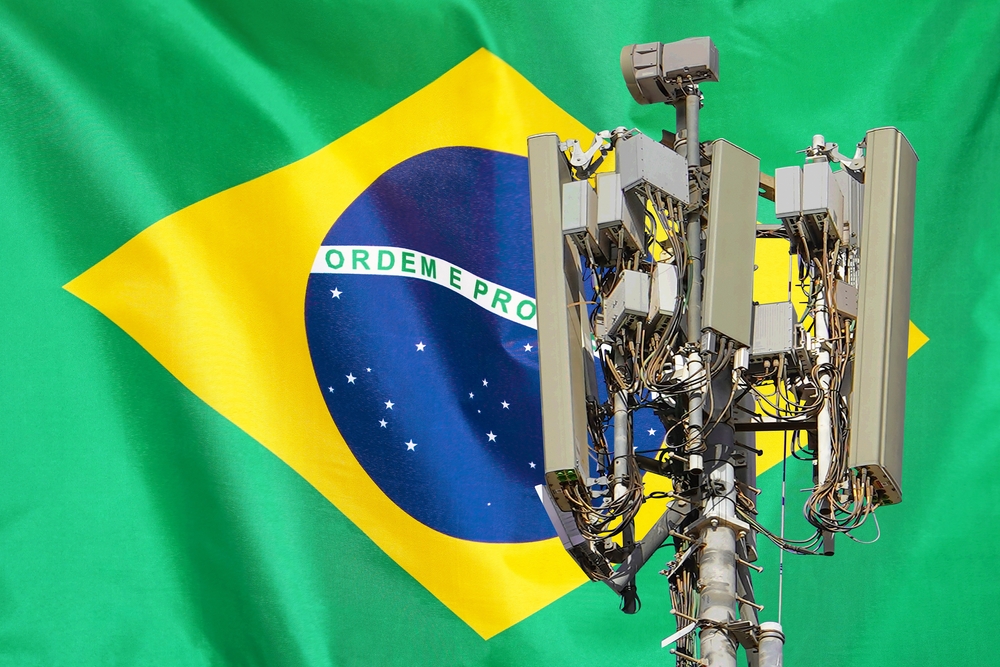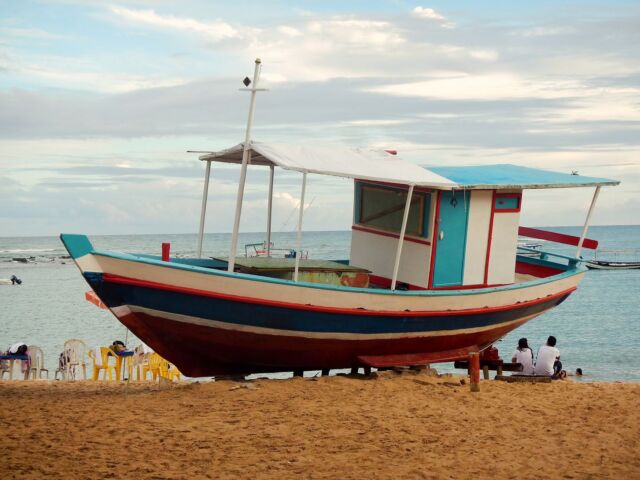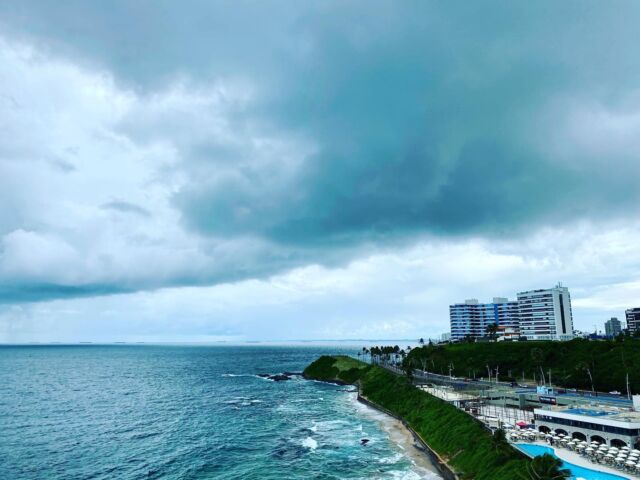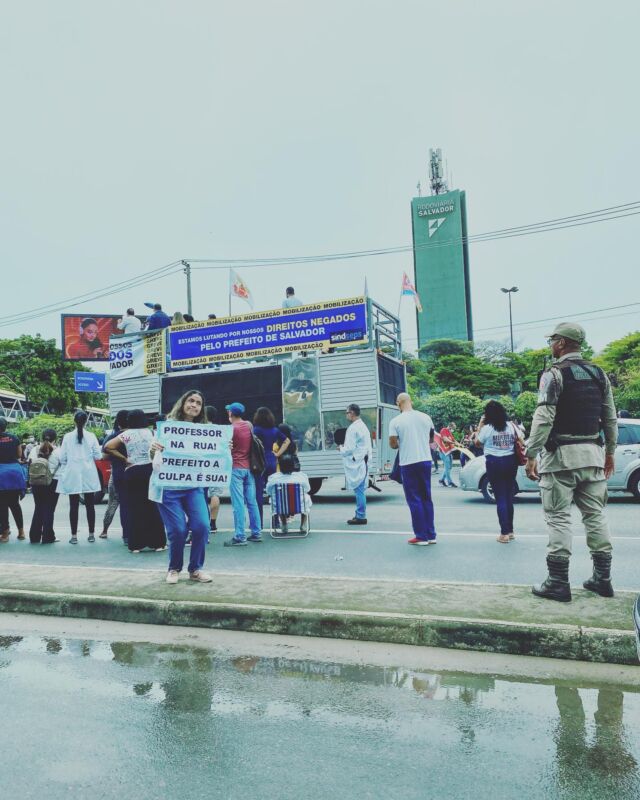Table of Content
ToggleIntroduction
Carnival in Brazil is a vibrant celebration that brings together various cultural influences and rich traditions. The history of Carnival in Brazil dates back to the 16th century, evolving from European customs and African traditions into the grand festivities seen today. This annual event showcases colorful parades, lively music, and intricate dance performances, making it a significant part of Brazil’s cultural identity.
Over the years, Carnival has transformed, incorporating regional variations that reflect the diverse heritage of the country. Each region adds its unique flair, turning the festival into a rich tapestry of art, music, and community spirit. The significance of these celebrations goes beyond entertainment, as Carnival plays a vital role in Brazilian society, affecting economic aspects and fostering a sense of unity among participants.
As readers explore the fascinating journey through the history of Carnival in Brazil, they will uncover how this lively tradition has shaped the nation and continues to impact its people today.
Key Takeaways
- Carnival has roots in 16th-century European and African traditions.
- Each region in Brazil celebrates Carnival with unique customs and styles.
- The festival plays an important role in Brazilian society and economy.
Origins and Evolution of Carnival in Brazil
Carnival in Brazil has deep roots that reflect its diverse history. It has evolved through a mix of Portuguese traditions and African influences, shaping the vibrant festival known today.
Portuguese Tradition and Entrudo
The origins of Carnival in Brazil can be traced back to the Portuguese tradition known as Entrudo. This celebration began in the early 18th century when Portuguese immigrants from the Azores introduced the festival. Entrudo was characterized by lively street festivities and playful water fights.
These events allowed people to come together before Lent, a time of fasting and reflection in the Christian calendar. The practice was marked by merriment, mask-wearing, and the throwing of water, flour, and other substances. As the festival grew, it began to blend with local customs, forming the early foundation of Brazilian Carnival.
African Influence and the Birth of Samba
The African influence on Brazilian Carnival is significant, especially through enslaved people who arrived in Brazil. They brought their cultural traditions, which infused rhythm and dance into the celebrations. Over time, African dance forms contributed to the emergence of Samba.
Samba became a central feature of Carnival, merging various styles with traditional Brazilian music. By the late 19th century, it began to gain popularity in urban areas, particularly in Rio de Janeiro. This fusion of African and Portuguese elements created a unique carnival experience, illustrating Brazil’s rich cultural tapestry.
Carnival across Brazil: Regional Variations
Brazil’s Carnival is not a one-size-fits-all celebration. Each region brings its own unique flair, reflecting local culture and traditions. From the extravagant parades in Rio de Janeiro to the street parties of Salvador, Carnival varies greatly across the country.
Rio de Janeiro: The Heartbeat of Brazilian Carnival
Rio de Janeiro is home to some of the most famous Carnival parades in the world. The main event takes place at the Sambadrome, where samba schools compete for the championship title. Each school showcases elaborate floats, colorful costumes, and energetic dance routines.
The atmosphere is electric, attracting millions of spectators. Celebration spills into the streets with block parties, known as “blocos.” These gatherings allow locals and tourists to dance, sing, and enjoy lively music together, truly embodying the spirit of Rio.
Bahia: The Unique Flavors of Salvador Carnival
In Bahia, particularly in the city of Salvador, Carnival takes on a different form. Here, the celebration emphasizes street parties and camaraderie. The focus is on the “trio elétrico,” large trucks equipped with speakers and musicians that travel through the streets.
Participants can join in the fun by purchasing a “abadá,” which allows them to follow the trio elétrico. This format fosters a strong sense of community. The music in Bahia features a mix of samba, axé, and reggae, all adding to the region’s vibrant atmosphere.
Pernambuco: The Rich Traditions of Recife and Olinda
Pernambuco’s Carnival, especially in Recife and Olinda, is known for its deep-rooted traditions. The celebration features unique elements like maracatu, a cultural expression combining music, dance, and theater.
Olinda’s Carnival is famous for its giant puppets, known as “bonecos,” which parade through the streets. Vaquejadas, a folkloric rodeo, also plays a role in the regional festivities. Here, Carnival represents a fusion of indigenous, African, and Portuguese influences, showcasing Pernambuco’s rich history.
Minas Gerais and Beyond: Diverse Celebrations
In Minas Gerais, Carnival features a mix of music genres, including samba and traditional folklore. Cities like Ouro Preto and Belo Horizonte host lively celebrations with blocos and street performances.
Each town has its unique flair, influenced by local culture and traditions. For example, Ouro Preto holds a more traditional Carnival, incorporating historical elements and regional foods, while Belo Horizonte attracts younger crowds with contemporary music.
Brazil’s various Carnival celebrations highlight the nation’s diversity, inviting everyone to partake in the unforgettable experience.
The Cultural Tapestry of Carnival: Music and Dance
Music and dance are at the heart of Carnival in Brazil, shaping its vibrant spirit. The rhythms and movements draw from rich traditions and showcase the cultural diversity of the nation.
Samba: The Soul of Brazilian Carnival
Samba is the defining music of Brazilian Carnival. Its infectious rhythm gets everyone moving and fills the streets with energy. Originating in Afro-Brazilian communities, samba blends African rhythms with Brazilian influences.
The beat is lively, and the melodies are captivating. Dance enthusiasts often practice samba in preparation for the huge parades. Participants wear colorful costumes and express joy through dance, embodying the celebration’s spirit. Samba creates an atmosphere of unity, bringing people together from various backgrounds.
Samba Schools: Institutions of Carnival Music
Samba schools are crucial to the Carnival experience. They organize parades and are responsible for creating elaborate floats and costumes. Each school has its own unique identity and often represents a neighborhood.
Members work together all year to prepare for the event. They practice dance routines and perfect their musical performances. These schools compete during Carnival, showcasing their creativity and talent. Winning a competition is a source of pride for members and the community.
Samba schools also preserve cultural traditions, passing them from generation to generation. They play a vital role in maintaining the significance of samba in Brazilian culture.
Diverse Musical Genres in Carnival Festivities
While samba dominates the scene, Brazilian Carnival features a variety of musical genres. Other styles like axé, frevo, and marchinha also play significant roles. They add to the rich tapestry of sounds heard during celebrations.
Axé is popular in Bahia and blends African, Caribbean, and Brazilian elements. Frevo, known for its fast-paced beats, is a traditional genre from Pernambuco. Marchinha is a playful style often associated with street celebrations and parades.
This diversity in music reflects Brazil’s multicultural population. It creates a dynamic atmosphere, inviting people of all ages to join in the fun. The variety of sounds enriches the Carnival experience, making it a true cultural phenomenon.
Symbols and Elements of Brazilian Carnival
Brazilian Carnival is rich with symbols and elements that enhance the celebration. Costumes and masks play a vital role in creating the festive atmosphere. Additionally, the organizational structures of blocos and grandes sociedades are key to the event’s vibrant nature.
Costumes and Masks: Visibility and Fantasy
Costumes and masks are central to the Carnival experience. Participants often wear elaborate outfits adorned with feathers, beads, and bright colors. These costumes not only express individuality but also represent cultural themes and historical references.
Masks add to the allure, allowing wearers to embrace anonymity and immerse themselves in the festive spirit. Many masks are hand-crafted, reflecting the skill and creativity of local artisans. This combination of clothing and masks enhances the visual spectacle and fosters a sense of excitement and escapism.
Blocos and Grandes Sociedades: Organizational Structures
Blocos are informal groups that organize street parades during Carnival. They vary in size and style, entertaining thousands with music and dancing. Each bloco has its own theme and often features live bands that play samba and other rhythms, engaging participants and encouraging everyone to join in.
On the other hand, grandes sociedades are more structured organizations, often with a long history. They plan grand parades and celebrations, showcasing elaborate floats and performances. Membership typically requires a fee, which helps fund the intricate displays and costumes that define their contributions to Carnival. Both structures create a dynamic celebration that highlights community involvement in Brazilian culture.
Carnival Parades: Grand Spectacles of Brazil
Carnival parades in Brazil are vibrant displays of culture, showcasing samba music, elaborate costumes, and energetic performances. They reflect the heart of Brazilian society, bringing people together in celebration.
The Grand Parade in Rio de Janeiro
The Grand Parade in Rio de Janeiro is the most famous event during Carnival. Held at the Sambódromo, it features samba schools competing for the title of champion. Each school presents a theme, often connected to Brazilian culture and history.
The parade includes gigantic floats, dazzling costumes, and thousands of participants. The energy is electric as performers dance to rhythmic samba music. Visual elements are paramount; costumes are often handcrafted, boasting intricate designs and vibrant colors.
Judges score each school on several categories, from creativity to performance quality. This competition elevates the stakes, drawing massive crowds eager to witness the spectacle. The Grand Parade reflects Rio’s cultural richness and attracts tourists from around the world.
Block Parades and Street Festivities
Block parades, known as “blocos,” take place throughout neighborhoods in Brazil during Carnival. These street festivities are more informal compared to the Grand Parade. Each bloco has its own unique theme and music style, creating a personalized experience for participants.
Anyone can join, turning the streets into a lively celebration. Many blocos offer a mix of traditional samba and modern music, catering to diverse tastes. These parades often feature colorful costumes and playful floats, fostering a sense of community.
Food and drinks are abundant, with vendors selling traditional snacks and beverages. The atmosphere is joyous and communal, emphasizing inclusivity. Block parades allow people of all backgrounds to embrace the spirit of Carnival in a more relaxed setting.
Competitions: The Highlight of Carnival
Competitions play a central role in Brazil’s Carnival, showcasing the skills and creativity of samba schools. These events not only heighten the excitement of the festival but also enhance community spirit and pride among participants.
Samba School Competitions
Samba schools are the heart of Carnival celebrations. Each school features a group of dancers, musicians, and artists who work year-round to prepare for this major event. The schools participate in competitions judged by a panel on various criteria, including creativity, rhythm, and choreography.
The main event takes place in the Sambadrome, a specially designed venue for these parades. Schools aim to impress the audience with elaborate floats, vibrant costumes, and captivating performances. The competition is fierce, with schools taking home trophies and titles that elevate their status for the next year.
Audience support is also pivotal. Fans cheer for their schools, creating an electrifying atmosphere. For many, winning means recognition and a sense of accomplishment that lasts beyond the festival.
Queen of the Drummers and Other Carnival Titles
During Carnival, various titles are awarded, highlighting exceptional talent. The Queen of the Drummers is one of the most prestigious titles. This title often honors a prominent female figure who leads the rhythm section of a samba school.
Additionally, other titles such as the Best Float and Best Costume are awarded to recognize outstanding creativity and artistry. These competitions inspire participants to go beyond their limits, pushing the boundaries of what can be achieved in samba and carnival culture.
These titles contribute to the competitive spirit of the festival. Each accolade enhances the reputation of both the individuals and their samba schools, ensuring that the legacy of Carnival continues for years to come.
Carnival and Brazilian Society
Carnival plays a significant role in shaping Brazilian society. It serves as both a grand celebration and a medium for social commentary, reflecting the diverse views and experiences of its people. The festival provides a platform for inclusivity and representation, bringing together various cultural backgrounds.
Carnival as Social Commentary
During Carnival, artists and participants often express critical views on social issues. The parades showcase floats and performances that address politics, inequality, and cultural identity. Through music and dance, they reflect current events and speak out against injustices.
Samba schools, which are the heart of Carnival, often focus their themes on social topics. They use their performances to engage audiences in meaningful conversations about Brazil’s challenges. This aspect of Carnival allows for a unique blend of entertainment and activism, making it a vital part of Brazilian culture.
Inclusivity and Representation in Carnival
Carnival embraces a wide range of participants, celebrating diversity across Brazil. It highlights various cultural influences, including Indigenous, African, and European traditions. This inclusivity fosters a sense of belonging among different social groups.
Samba schools are key players in this inclusion. They welcome individuals from various backgrounds, helping to break down social barriers. Each school represents its community, allowing voices from all walks of life to be heard. This rich tapestry of participation makes Carnival a powerful symbol of unity in Brazilian society.
Carnival in the 20th Century: Transformative Years
The 20th century was a pivotal time for Carnival in Brazil. During these transformative years, samba schools emerged as powerful cultural institutions. Carnival became a key element in Brazil’s modernization, reflecting changes in society and the economy.
The Rise of the Samba Schools
In the early 20th century, samba schools began to organize and gain recognition. One of the most famous schools, Mangueira, was founded in 1902. These schools were crucial in shaping the modern Carnival.
Samba schools invite communities to participate in parades featuring elaborate floats and vibrant costumes. They offer a platform for music, dance, and creativity. Each school tells a unique story through its performance, showcasing cultural heritage and social themes.
The first official Samba School Parade took place in 1932, marking a turning point for Carnival. This event drew large crowds and media attention, solidifying the importance of samba schools in the Carnival tradition.
Carnival’s Place in Brazil’s Modernization
As Brazil modernized, Carnival grew in significance. It became more than just a festival; it symbolized national identity and pride. During the 20th century, Carnival attracted tourists and showcased Brazil’s rich culture to the world.
The event helped promote economic growth in cities like Rio de Janeiro. Hotels, restaurants, and local businesses benefitted from the influx of tourists. Carnival parades transformed into major events, with extensive planning and funding.
These developments also reflected social changes. Carnival began to address issues like racial equality and social justice through its themes and performances. It became a stage for discussing Brazil’s challenges while celebrating its diversity.
Through these changes, Carnival evolved into a symbol of modern Brazil, capturing the spirit of its people.
Carnival Beyond Celebrations: Economic and Academic Perspectives
Carnival in Brazil represents more than a colorful festivity; it has significant economic and academic implications. The event promotes tourism, job creation, and cultural studies, proving its relevance far beyond mere celebration.
Economic Impact of Carnival on Brazil
The economic impact of Carnival is profound. This annual event attracts millions of tourists, boosting the local economy and creating jobs. In cities like Rio de Janeiro, Carnival can generate up to $1 billion in revenue.
Local businesses benefit significantly. Hotels, restaurants, and transportation services see a surge in demand during this peak season. Street vendors also thrive, offering food, drinks, and souvenirs.
Moreover, Carnival promotes longstanding cultural traditions. This integration of culture and economy illustrates how festivities contribute to community pride and economic stability, making it an essential aspect of Brazilian society.
Study and Documentation: Academic Views on Carnival
Academics study Carnival from various perspectives, highlighting its cultural, social, and economic dimensions. Research illustrates how Carnival serves as a platform for artistic expression and social commentary.
Scholars analyze its origins, tracing back to African, Indigenous, and European influences. Studies detail how Carnival reflects Brazil’s diversity and ongoing dialogues around race, gender, and identity.
Academic documentation not only tracks the history of Carnival but examines its role in shaping community bonds. Organizations and institutions focus on preserving this cultural heritage and understanding its significance in modern Brazil.
The Significance of Lent in Brazilian Carnival
Lent plays a crucial role in the history and tradition of Brazilian Carnival. This festive season occurs right before the 40 days of Lent in the Christian calendar. During Lent, many people practice abstinence from certain foods, especially meat.
Brazilian Carnival serves as a final celebration before this period of sacrifice. The festivities allow people to indulge in rich foods and joyful events. It is a time of vibrant parades, music, and dance, attracting huge crowds.
The Carnival is deeply rooted in Christian customs. The name “Carnival” itself comes from the Latin phrase “carne vale,” which means “farewell to meat.” This reflects the practice of eating and celebrating before the restrictions of Lent begin.
During this time, people dress in elaborate costumes and participate in lively street parties. The atmosphere is festive, filled with joy and excitement where individuals express their creativity.
The connection between Carnival and Lent highlights the contrast between celebration and sacrifice. While Carnival is a time for enjoyment, Lent represents reflection and restraint. This duality adds depth to the cultural significance of the celebration.
Brazilian Carnival continues to honor these traditions, showcasing the rich history of its origins while embracing modern influences. It remains a vibrant expression of culture, community, and faith.
Frequently Asked Questions
Carnival in Brazil has a rich and complex history that reflects the country’s diverse culture. Many traditions and customs have developed over the years, making this celebration unique across different regions.
What are the origins of Carnival in Brazil?
The origins of Carnival in Brazil can be traced back to the early 18th century. Portuguese immigrants introduced festive customs, including the Entrudo, which was a playful celebration involving water and mud.
How has Carnival in Brazil evolved over the years?
Originally a local event, Carnival has transformed into a national festival. Over time, it incorporated African and Indigenous influences, leading to diverse celebrations across the country. The development of samba, in particular, played a key role in shaping modern Carnival.
What are the main traditions and customs of Brazilian Carnival?
Brazilian Carnival features vibrant parades, colorful costumes, and lively music. Street parties, known as “blocos,” are popular and attract large crowds. Dancing, singing, and the use of samba rhythms are integral to the festivities.
What is the significance of samba in the context of Brazilian Carnival?
Samba is essential to the identity of Carnival in Brazil. This rhythmic music and dance form emerged from African influences and became the soundtrack of the celebration. Schools of samba compete with elaborate floats and performances, showcasing their talent and creativity.
How does the celebration of Carnival in Rio de Janeiro differ from other regions of Brazil?
While Rio de Janeiro is famous for its grand parades and samba schools, other regions have their unique customs. For example, Salvador celebrates with Afro-Brazilian rhythms and large street parties. Each region adds its flavor to the Carnival experience.
What is the economic and cultural impact of Carnival on Brazilian society?
Carnival contributes significantly to Brazil’s economy by boosting tourism and creating jobs in various sectors. Culturally, it promotes a sense of national identity and unity among Brazilians while showcasing the country’s diversity through music and dance.

